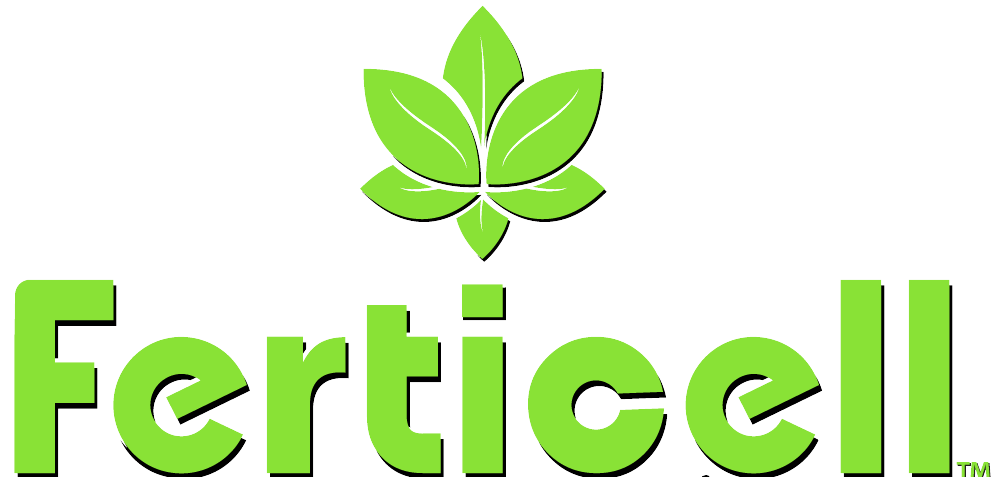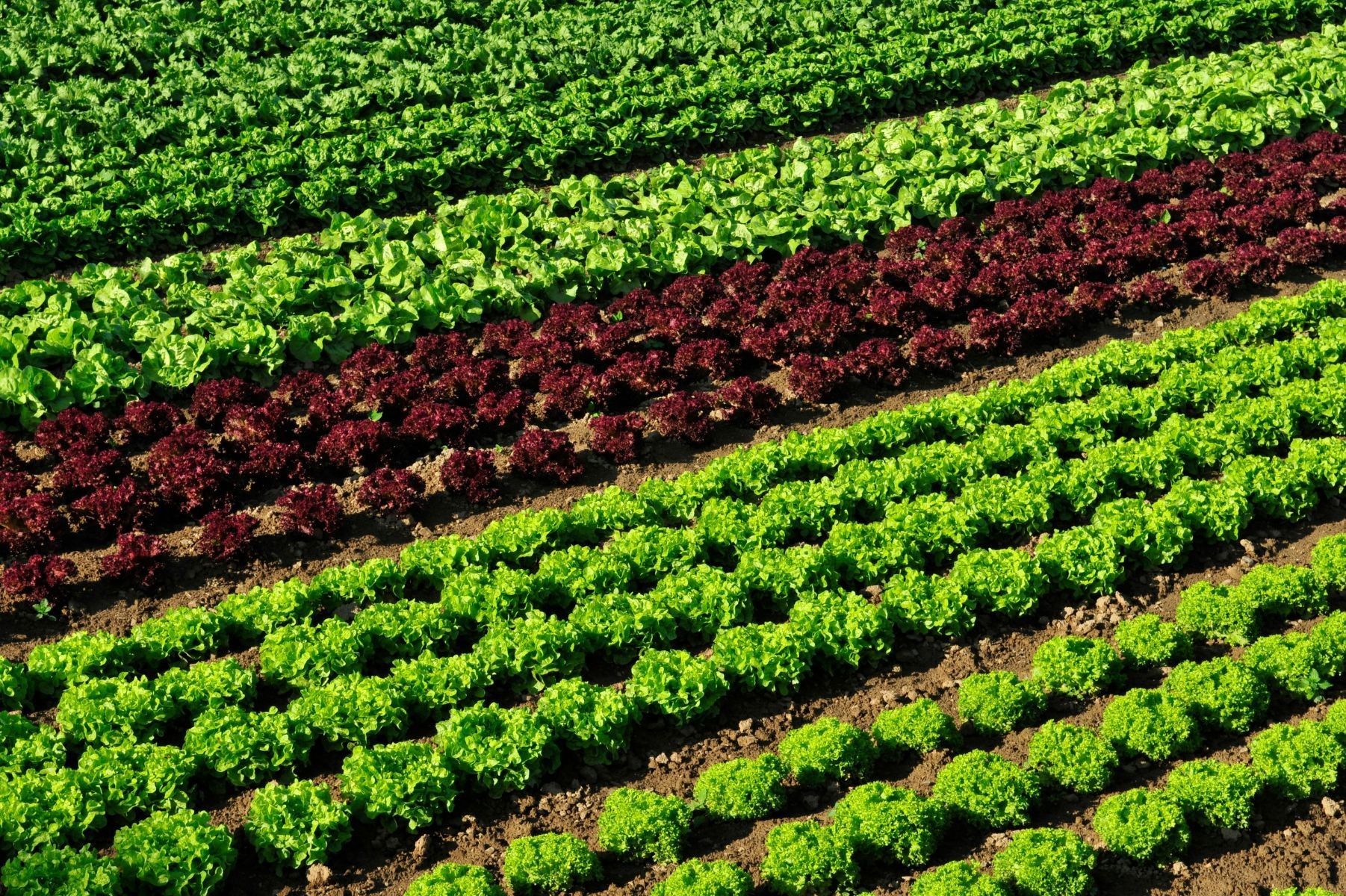Chelated Micronutrient Fertilizer
Micronutrients like zinc, boron, iron, copper, and manganese are essential for the health of crops and can boost plant quality and improve yields. Nutrient management is vital for effective productivity in crop production.
However, these nutrients are easily precipitated or oxidized in the soil, and thus, their utilization may not be optimal. A chelated micronutrient fertilizer offers an excellent way to enhance micronutrient optimization and efficiency.
At Ferticell, we offer a micronutrient fertilizer package with added freshwater algae that can help boost the availability of micronutrients in the soil and improve hydroponic or foliar reapplications. By including an application of Nutri-Plus™ with micronutrient applications, the amino acids in Nutri-Plus™ act as a natural chelator, increasing uptake of vital micronutrients. It should be mentioned this mix of Nutri-Plus™ and Microelements™ is an entirely soluble blend, some of which can be applied through foliar sprays, whereas others are directed to the soil.
What Are Chelates?
Chelates are organic elements that pick up and keep metal ions (soluble micronutrients) to prevent them from being oxidized by other ions. The good part is that these metal ions can still be absorbed through the roots and used as nutrients. Chelated micronutrients will have an increased bioavailability in soils with higher pH values, especially above 7.0.
Simply put, chelates make it easier and convenient for crops to access some nutrients. It also helps make metal ions more soluble, prevent precipitation, and reduce the toxicity level of ions.
Is Chelated Fertilizer Necessary?
As mentioned earlier, traditional micronutrients may be unavailable in the soil due to oxidation or precipitation processes. Chelated fertilizer is needed to boost the bioavailability of micronutrients and enhance crop quality. Low OM soils will have depleted micronutrient numbers and will benefit and respond to lower rates as a chelated metal ion.
Similarly, if soil micronutrient supplementation is inadequate or plants exhibit micronutrient stress, chelated fertilizer should be considered. In addition to chelated fertilizer, the amino acid can also be added to the soil to provide food and energy for microbes and modify different stress responses.
High yield production will deplete micronutrients from soil reserves and foliar applications will often produce the greatest efficiency of uptake to deficient plants. Tree nut crops and vegetables are at a greater risk for micronutrient deficiencies in high production soils.
Stress conditions such as a low temperature or soils that are saturated will reduce root growth that will directly influence the uptake of soil stored micronutrients, so foliar applications of chelated materials can maintain correct levels of metal lions that are critical in flowering and seed filling.
Where to Purchase Chelated Micronutrient Fertilizer from Ferticell
Ag retailers, if you want to supply your customers with a high-quality chelated micronutrient fertilizer, at Ferticell™, we can help. We partner with retailers and distributors across the country to ensure the production of sustainable agricultural products. View a full list of
Approved Ag Retailers or
Contact us online or call us at
480-361-1300 to see how we can help your business grow.



